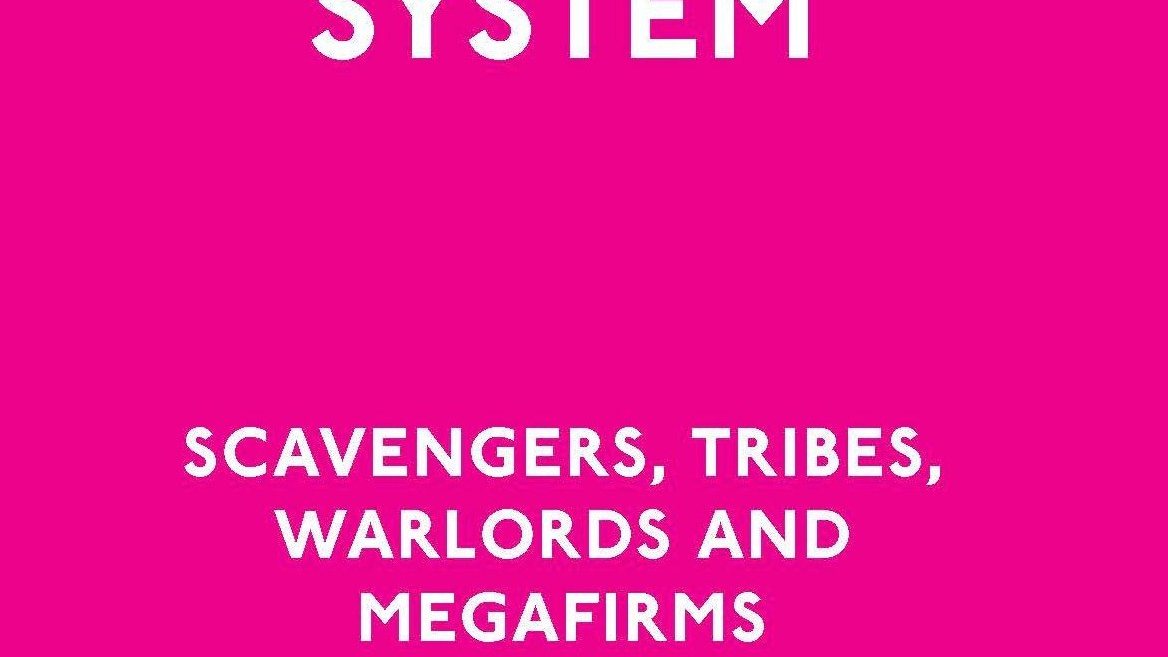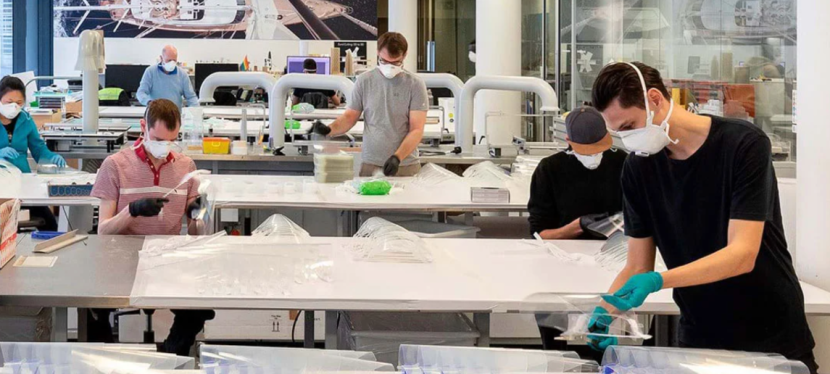In Australia, many architects in small firms are trying to figure out how to understand and reconcile government support with their finances and cash flows. In the meantime, many employers and employee architects are struggling to juggle new working arrangements. This situation is particularly difficult for people who were already juggling parenting or part-time work responsibilities. Some architects (and even academics) are having to juggle these things with an uncertain future hanging over their heads. In this context, ethical leadership and decision making are crucial.
If you are struggling as an Australian architect there a lot of good resources here at the ACA. You can read what the current ACA president John Held has to say about getting through the pandemic here.
Architects are pretty good at making tactical and operational decisions related to projects. But when the shit hits the fan, as they say, strategic decision-making involves grappling with high levels of uncertainty.
Leadership at Architecture School?

Leadership is a critical function in a time of crisis. But maybe its more than just donning the PPE and living in a container. For many architects in small practices, leadership skills and reflecting on decision-making strategies may seem excessive. We just do what we do. Sadly, I wonder why do we keep saying this iterative mantra:
“These things are not taught at architecture school.”
“These things are not taught at architecture school.”
“These things are not taught at architecture school.”
“These things are not taught at architecture school.”
Ok so much for the attempt at the poetic word song.
But for any architect, excellent leadership skills are essential to the successful completion of projects. Moreover, in a climate of high risk, high uncertainty, and high ambiguity, making good, or maybe less bad, decisions is critical. Now all of this is starting to sound like one of those tiresome TED talky things. Like the pandemic itself, this stuff is already all over the internet. The thought leaders are out in force. It all starts to sound like one of those dreary self-actualisation lectures “how to be a nice leader even if you are an arsehole” or something like “Marketing for success during COVID-19 times.” A title like “5 things a good leader should do” or “How to make your team a high performing team” or “Making the most of the new COVID-19 working from home, green, sustainable, resilient landscape.” You get the picture.
Is this blog any better? Maybe not, but a dose of healthy scepticism never goes astray in a crisis, and I am always wary of the thought leader sales types. Be extra wary of anyone who talks about your organisation as a “family.”

I am fascinated by issues of leadership; having been up close to and observed many different types of leaders in our profession, I think it might be worth sketching out a few thoughts on decision making for architects in these uncertain times.
One: Avoid Knee Jerk and Automatic Reactions.
The decisions you make now, even incremental ones, might have multiplying effects further down the track. Hence pausing and doing a bit of meditation or yoga before decide on things is a good idea. But don’t be confused; this is not the same as procrastinating, or being indecisive, it is about knowing when to reflect before a decision is made. That isn’t the same a being unable to decide between different options, freezing, or having a sense of anxiety about what to choose.
If you are a small practitioner, take a break for a few hours or a day. If you are a director of a more substantial firm, sleep on it before you decide.
Two: Don’t make decisions in isolation.
Hiding behind closed doors, either alone or with your usual decision making colleagues, to make decisions, may not work in a crisis. Leading in an emergency is not a time to revel in the exercise of authority or organisational power. It is not time to be self-serving or narcissistic. The best way to avoid these decision traps is to include more stakeholders. As data and information spill into the decision field, view pre-existing organisational hierarchies may limit the ability to gather the right data, information and knowledge. Involving more experts and organisational stakeholders (not just those at the top) within the decision field fosters good-decision making. This approach is not the same as allowing more stakeholders to make decisions. Instead, once a decision point is clarified, it is about allowing giving a voice to stakeholders who have better information, different perspectives, or who have to implement a decision.
In the decision-making field, leaders need to foster conversations and debates and then decide. Decision-making isolation and pre-existing fitting norms will always go awry in a crisis.
If you are a sole practitioner, get a few more people around your table: friends, family, other colleagues. If you are a director of a larger firm or organisation be more inclusive about who you listen to and rely on at the decision meetings.

Three: Small choices may loom large later.
In a normal situation, a leader probably only has to get seven decisions out of 10 correct to be a good leader. But in a fluid case where there is a perfect storm, small choices may become more critical. A context of rapidly diminishing revenues, project evaporation, the need to quickly repurpose workflows and implementing new modes of working requires a higher level of focused decision-making. A small incorrect decision now may become a nightmare later. There are a few ways to think about how to tackle these things.
Anticipating future general scenarios, and the different pathways (good and less good) is one approach. Thinking about what particular decisions now will look like in the medium to long term is another way. Are there any decisions that might get baked in now and lead to more significant effects in six months. What if all those people you have encouraged to work from home don’t want to return to the workplace?
Sure, you can pat yourself on the back because your organisation has pivoted to the digital; making all those digital and project workflows take place. But what about the other functions like marketing? Keeping your clients and getting new clients and projects? When the economy tanks where are you getting your next job from?
Timing is critical, which smaller decisions should you act on now and which ones should you monitor and revisit later.
For both small practitioners and large firms, identifying the low risks that might destroy your livelihood further down the track is critical? You may have no idea what is going to happen in 3 to 6 months. But in any case, what do you need to do, to pivot and keep things going, but to also allow for flexibility in project workflows and organisational tasks, when the risks are high.

Four: The Character Test
But when the organisation’s survival suddenly depends on good leadership; when people’s livelihood in the company is on the line; then maybe the over-promoted time server; the manager adept at managing up and kicking down; the yes person and the risk-averse manager. All these so-called leaders may not be so good as leaders. They might be crap. Their actions now might be the difference between a firm losing 10% of its revenues or 25%.

Being a good leader is not the same as being good at office politics in your architectural firm or organisation. It is not about having a pedigreed architectural education. Privilege, clubbiness and normative masculinity does not always confer the ability to be a good leader. Having extensive networks, or being a sound designer, also does not necessarily mean you are good at being a leader. Yes, it is effortless to be a so-called “leader” when its business as usual and everything is going along smoothly.
But in a crisis, you need judgement and character not design ego or political careerism. You need authenticity.







